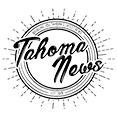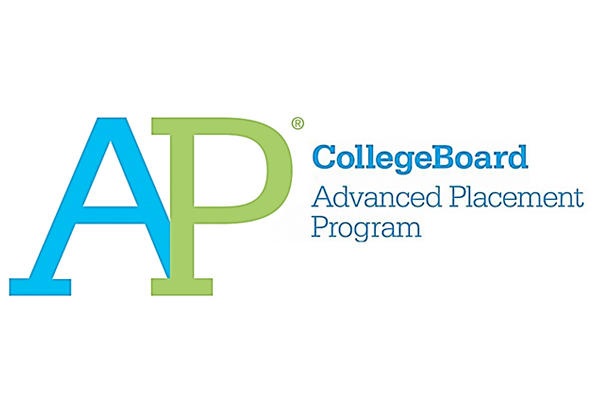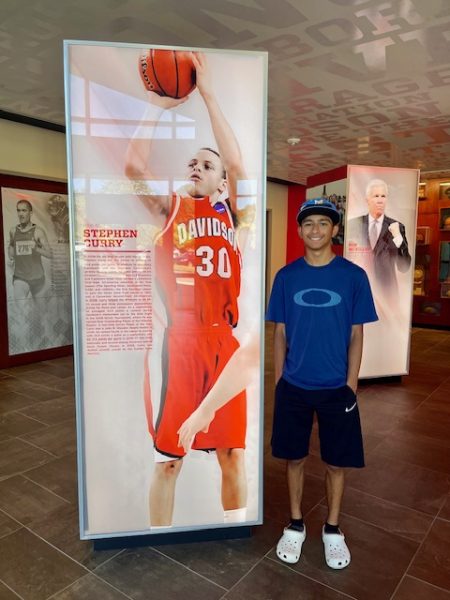Introduction
Running Start is a program that was created for students grades 11 and 12. It was established in Washington State by 1992, to give students a greater opportunity to learn. The program allows students to attend community college instead of normal high school, potentially giving them college credits and a greater diversity of classes to attend. Running Start doesn’t force students to only attend community college, they can attend part time and also take courses at the high school. Although Running Start seems like the clear pathway for a student looking to attend college after high school, it should be noted that not all colleges will be able to transfer your credits from running start courses. Even with this, it’s still a viable option for students because they can get all of the high school credits they need while getting some college experience. All in all it seems like Running Start is the clear option, even for students who aren’t sure whether or not they want to attend college. So why is it that there are many students that don’t take Running Start? Let’s ask a Running Start student.

Interview With a Running Start Student
Seeing as though there are a lot of students that seem on the edge about committing to Running Start, it’s safe to assume that there are some misconceptions about the course. Neil Ferree, a student at Tahoma High School and Green River College was able to answer a few questions regarding Running Start.
“I wouldn’t say that I had many misconceptions about Running Start, I guess the only one would be the difficulty of the classes.”
It’s often stated that Running Start classes are more difficult than normal High School classes, when in reality the courses are very similar. Ferree states that the workloads of the classes are greater than the workloads at Tahoma, however you take less classes and the overall curriculum is similar to high school curriculum.
“One of the best things about Running Start is that there are a wider variety of classes to choose from. I can choose what classes I want and when I want to take them.”
One of the major benefits of this program is that they offer a wider selection of classes for students to choose from than normal high school. This allows students to pursue what they want to do in the future in a more accurate way.
“I would say that Running Start schedules are better than normal high school schedules because I can choose when to take them and how I want to take them.”
“Some courses can be taken online, in the morning or at night; which allows me to make time for things like work, homework and my hobbies.”
All in all, it seems like Running Start is the perfect program for students that are looking to pursue their careers and have a more flexible schedule. Now that we know more about the Running Start program itself, let’s talk to a future ready specialist about some of the common misconceptions students have about the program.
Interview With a Future Ready Specialist
After an interview with Lara Lindersmith, a future ready specialist at Tahoma High School; we were able to get professional insight on the Running Start Program.
“One of the most common misconceptions about Running Start is that it’s free. Some of the costs that you’re going to have to pay when going into Running Start include textbooks, transportation and even tuition.”
Many students believe that since Running Start is a program made for high school students, they won’t have to worry about the cost of classes or supplies; when in reality these payments aren’t covered by the school and should be paid by the student. It’s important to note that there are ways to get discounts or even have your fees waived by the college you’re looking to attend. According to the Green River College website, if you apply and qualify for a waiver then you could loan physical textbooks and pay less for student-voted costs.
“Another common misconception about Running Start is that students have to attend Green River.”
Most people believe that Green River is the only option for Running Start, when in reality there are several that you can choose from. Renton Tech is another example of a college that you could attend instead of Green River.
“Running Start schedules are more flexible than normal high school. You have the option when to take your classes and how you want to take them, whether it’s online or in person.”
In conclusion, Running Start gives you more schedule flexibility, greater varieties for classes and can get you credits towards college.











Cody McAllen • Jan 22, 2025 at 8:07 am
I never knew that about running start. This touched my soul